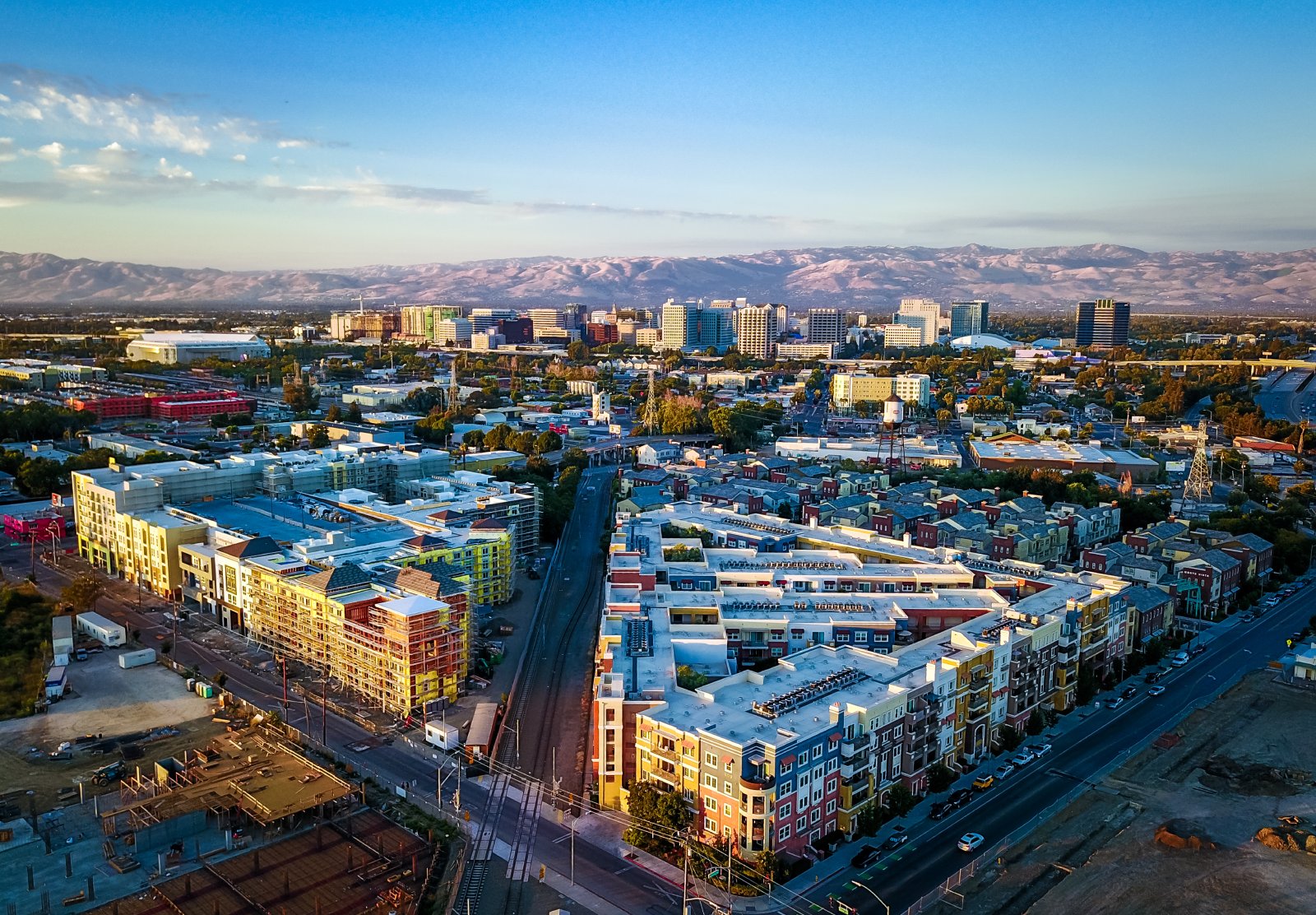The American housing sector is undergoing some intriguing developments. Sure, there are challenges, but there are also plenty of exciting opportunities on the horizon. We’re delving into the current market dynamics, regional variations, fluctuations in mortgage rates, and what lies ahead.
Soaring Property Values Across the Nation

Recent statistics reveal a remarkable surge in U.S. home prices, reaching unprecedented heights in January.
The S&P CoreLogic Case-Shiller U.S. National Home Price Index indicates an annual increase of 6%, with San Diego leading the pack at an impressive 11.2% rise.
Key Reasons for Price Jumps

The housing sector’s remarkable climb stems partly from an extended housing shortage.
Efforts to bridge this gap are countered by obstacles like increasing costs and sharply rising interest rates. The Federal Reserve raised rates repeatedly to curb inflation and demand.
Mortgage Rates Hit Record Heights

Average mortgage interest rates skyrocketed to nearly 8% last year, according to Freddie Mac data.
The Federal Reserve’s measures to control inflation fueled this spike, ultimately cooling demand but also tightening the housing supply crunch.
Affordable Housing Remains Elusive

Despite predictions of lower mortgage rates, affordability challenges persist for potential home buyers. Economists forecast rates around 6.5% by the fourth quarter, maintaining the strain on housing affordability.
Renting vs. Buying: A Shifting Tide

A recent Realtor.com report reveals that renting has become a more affordable option than buying a home.
The cost gap between renting and home ownership has widened, with the monthly expense of purchasing a starter home exceeding rental costs by over $1,000 in February.
Regional Disparities: Supply and Demand

In California, where housing shortages are most severe, cities like Los Angeles and San Diego are experiencing significant price increases due to strong employment growth outpacing housing supply.
Decline in Price Growth Rates

Month-over-month data shows the S&P CoreLogic 20-City Composite index recorded its slowest growth pace since February of the prior year. This hints at potentially stabilizing or decreasing prices in the near future.
Cities Display Diverse Trends

Major U.S. cities like San Diego and Los Angeles saw price gains, while others like Minneapolis experienced declines. Cities such as Phoenix, Dallas, and Denver face corrections after years of rapid appreciation.
Adapting to Higher Mortgage Costs

Experts like Robert Reffkin, CEO of Compass Real Estate, indicate that higher mortgage rates of around 7% have become the new normal.
Buyers who were initially hesitant are now adjusting their expectations to navigate the housing market with these elevated rates.
Housing Market Revival

The Midwest and Northeast regions’ housing markets have either regained or exceeded their pre-pandemic price peaks.
The Western markets and cities that experienced a pandemic-driven population influx witnessed a gradual recovery in home prices.
Regional Disparities Persist

Regional variations persist, with Western markets and pandemic boom towns like San Jose experiencing slower recoveries.
Signs of price appreciation and stabilization emerge as inventory levels decline.
Inventory Scarcity Fuels Competition

Total housing inventory has decreased substantially since the pandemic’s onset, leading to bidding wars and intense competition among buyers.
Homeowners with low mortgage rates are reluctant to sell, further exacerbating the inventory shortages.
Pre-Owned Homes for Sale

The sales of previously owned homes have been sluggish compared to past years. Despite this, the median price of homes continues to climb, reflecting sustained demand in a market with limited supply.
Competitive Bidding Resurfaces

In numerous markets, competitive bidding among buyers has reemerged, underscoring the intense competition for available homes.
Affordability Challenges Persist

Despite the resurgence of competitive bidding and escalating prices, concerns about affordability linger for many prospective homebuyers.
Achieving homeownership remains a formidable challenge for some individuals.
Mortgage Rates Influence

Mortgage rates fluctuations continue reshaping buyer choices and market dynamics.
While higher rates subdued demand, they have also slowed price growth, offering relief in overheated markets.
Market Forecasts

Market projections suggest that supply and demand will keep balancing, with affordability remaining a key concern.
Though inventory may gradually improve, the long-term path of mortgage rates will heavily influence buyer sentiment and activity.
Regional Resurgence

Factors like employment growth, housing supply dynamics, and mortgage rate trends will shape recovery pace and extent of regional recovery.
Adaptability in Buyer Decisions

Buyers are embracing flexible financing solutions to navigate this challenging landscape.
These adaptive approaches are becoming more common as buyers strive to secure their desired properties.
Future Prospects Amid Challenges

The housing market presents opportunities for innovation and adaptation. As policymakers, industry stakeholders, and consumers navigate this evolving environment, the resilience of the housing market will be tested.
The post Homebuyers Face Mounting Challenges as Prices Soar to New Heights first appeared on Wealthy Living.
Featured Image Credit: Shutterstock / aramysh.
The content of this article is for informational purposes only and does not constitute or replace professional financial advice.





